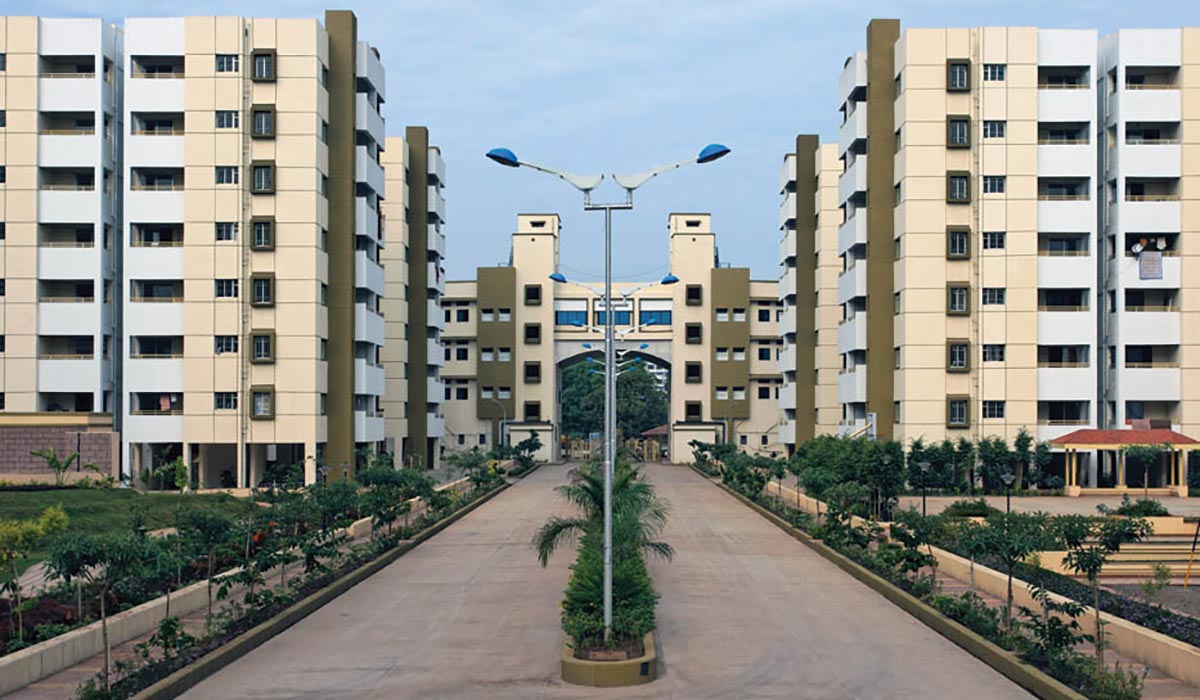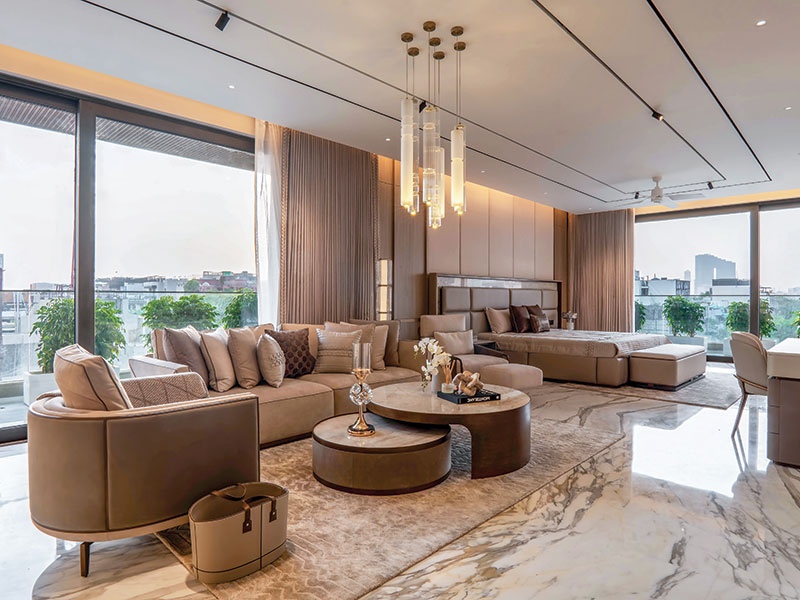

As compared to previous housing schemes, Pradhan Mantri Awas Yojana (Urban) PMAY has distinct features, guidelines and benefits, writes Ar. Deepti H Makar, DGM – Architecture (REPL)
- Design and planning
- Innovative technologies and materials
- Green buildings using natural resources / locally available materials
- Earthquake & other disaster resistant technologies and designs
- Simple concept of designs, suitable for Geo-Climatic zones
If we design a building below 45M we get the benefit of reduction in cost of fire equipment, sprinklers as well as other services and structural requirements. Above 45m, all the services, structural requirements and norms change as the cost of construction increases. After designing, planning and finalization of the concept and scheme, the next step is for statutory approvals as per the bylaws. Master plan, fire safety norms, environmental clearance etc. as applicable for the project are to be taken, and statutory approvals obtained before submission of DPR (Detailed Project Report).
PMAY must be lesser in cost of construction followed by saleable cost. However, there are a few concerns:
- Green building guidelines for Affordable Housing (AH) are still weak
- Guidelines on design and material for the AH sector need more clarity
- Low awareness of architectural design that can help improve the overall resource efficiency and energy efficiency of the structure
- Limited expertise on low cost materials and innovative architectural design.















